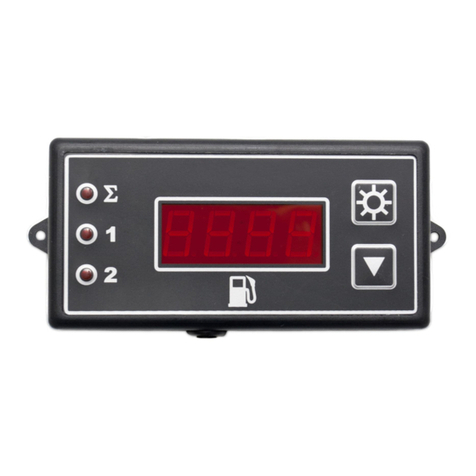Omnicomm LLS 20230 Fuel Tankers
Installation Guide
General
This manual outlines the rules and procedures for installation, start-up, setting and
connection of fuel level sensor LLS 20230 (hereinafter - product), as well as calibration
procedure for a fuel tank with an installed sensor.
The Omnicomm LLS 20230 fuel level sensor is installed on special types of equipment
or on stationary fuel tanks and storages, which require equipment explosion
protection and have the “0ExiaIIBT6X” explosion protection label. The LLS 20230 fuel
level sensor shall operate only with the Omnicomm BIS 20240 spark protection unit,
produced by Omnicomm
Recommendations for assembling LLS 20230 fuel level sensors with the length from 3
to 6m, are given in the Appendix L.
Installation Works List
1) Checking completeness (Paragraph 3.1)
2) Selection of location to install the product (Paragraph 3.2)
3) Choosing the BIS 20240 installation place (Paragraph 3.3)
4) Preparation of the fuel tank for installation (Paragraph 3.4)
5) Product cutting to match the specific fuel tank
6) Configuring the Product with Omnicomm Configurator (Paragraph 3.6)
7) Product installation (Paragraph 4.1)
8) Installation of BIS 20240 (for LLS 20230) (Paragraph 4.2)
9) Product setting depending on the interface connecting it with an external device
(Paragraphs 5.1 and 5.2)
10) Preparation and laying of cable to connect the product with an external device
(Paragraphs 5.3 and 5.4)
11) Fuse installation (Paragraph 5.5)
12) Fuel tank calibration (Paragraph 5.6)
13) Sealing (Paragraph 7.1)
A list of required equipment and tools is provided in Appendix B (Table 1)





























